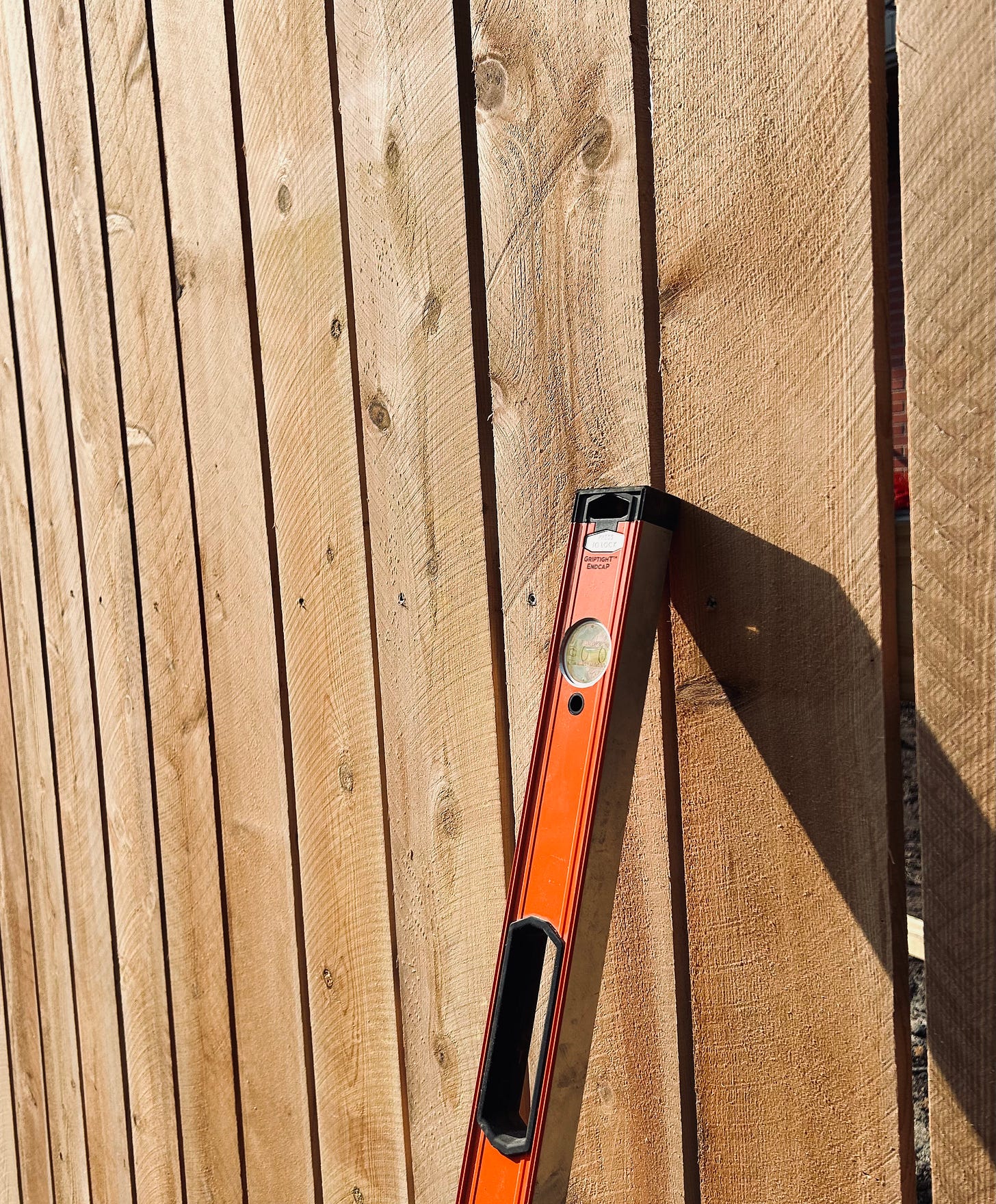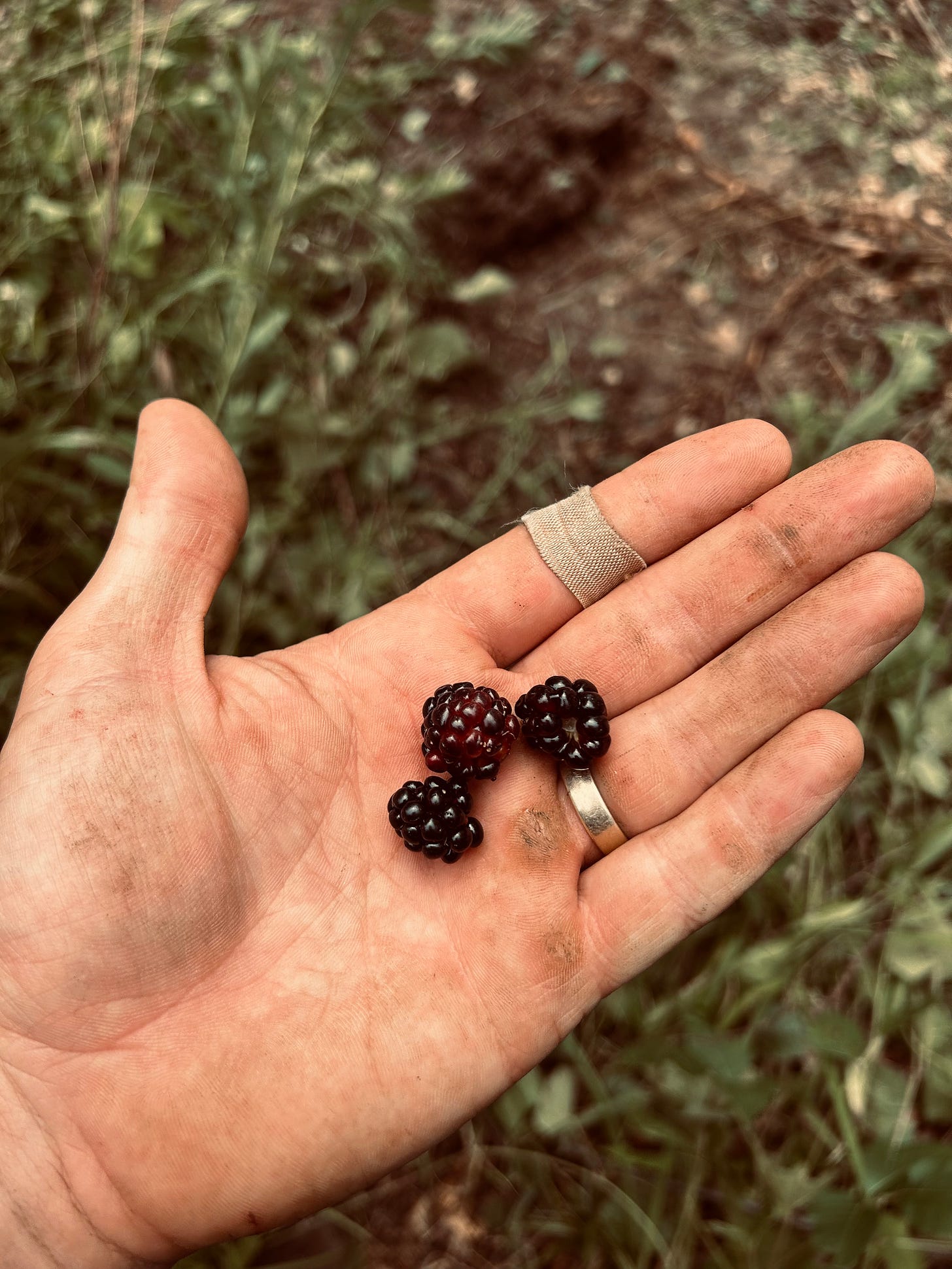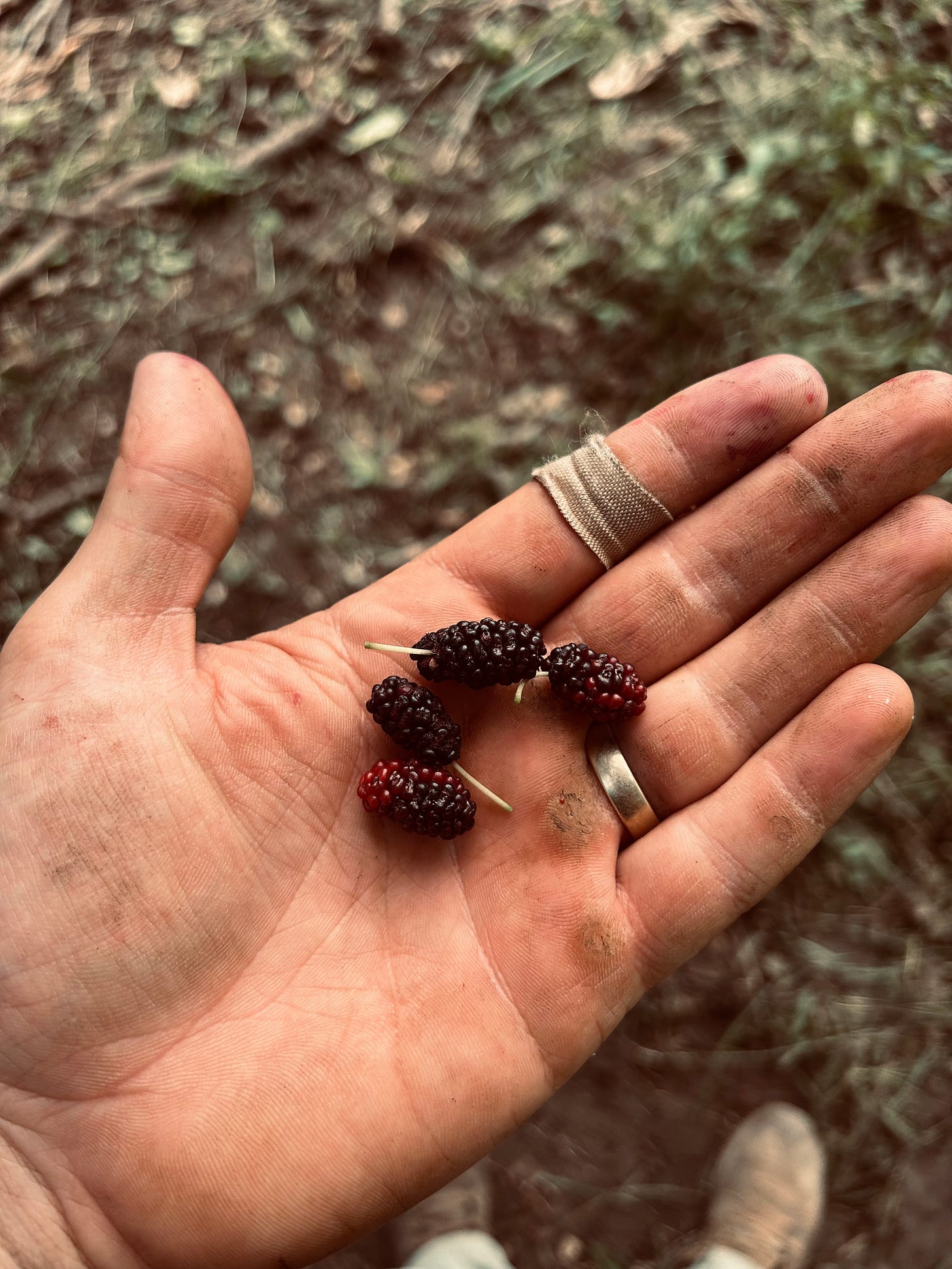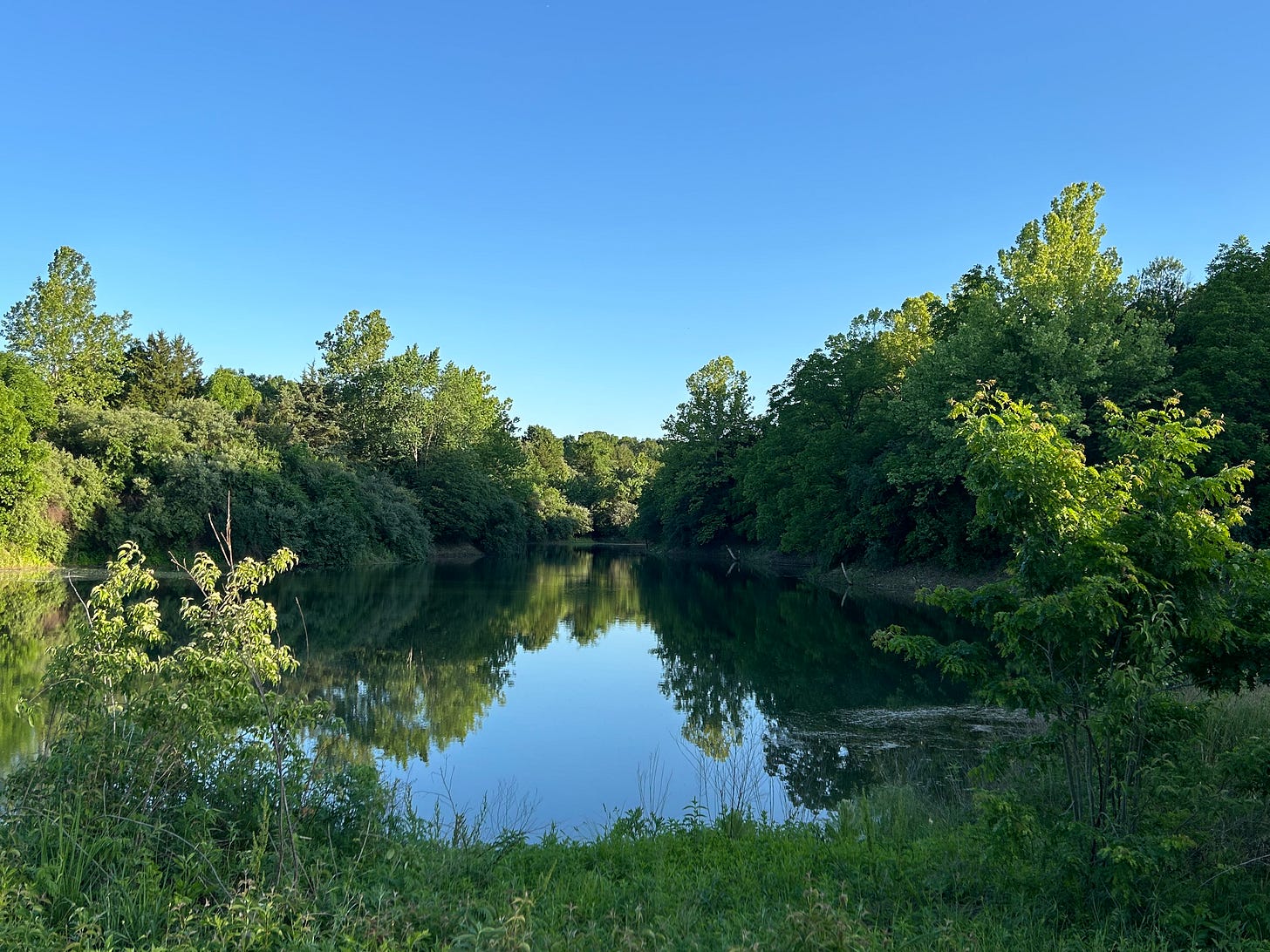Fiscal Freedom?
The Workbox has taken steps towards enabling paid subscriptions. I will activate paid subscriptions in two weeks with the release of the "H" post. Do not worry though, The Workbox will still be free for all readers. All paid subscriptions will go to empowering The Workbox to create better content! Nothing says "Good work, keep it up!" like pledging a coffee's worth of money to a subscription you enjoy reading.
Content will continue to be free through the remainder of this acrostic series. However, after the series ends there will be premium posts that will be accessible to paid subscribers. After this season of the acrostic series, The Workbox will restart the acrostic season and run through it again, free for everyone! In addition to these acrostic posts, premium posts will come in.
Premium content? Yes! The Workbox will experiment with Audio/Visual content and written deep dives about things that I find interesting and beneficial to you, my subscribers. Here it will be essential for you all to give feedback on what you enjoy reading from The Workbox. This post is the first in the classic "going paid" format that Substack recommends to do when attempting the "big switch."
Fencing
I have had the immense privilege of building a couple of fences this past month. I took part in constructing two different types of fences, one cedar picket, and the other a wire fence for goats. Though they share some commonalities, the purposes and construction are very different.
At the outset the planning stages for both fences are similar. One must establish the line of travel and clear the way for the new fence. On the cedar picket fence, we had to demolish and remove the pre-existing old rotten, and leaning picket fence. This stage is fairly simple, an 8lb sledgehammer, a Bobcat MT100, and a length of chain later, and the old picket fence is all but eradicated.
Next, we measure out our holes for the new posts that will support our fence. For the picket fence we dig them out with a hydraulic auger powered by our Bobcat -and later the operational Ditch Witch - these machines make the process of digging a relative breeze because the alternative would be digging them each out by hand! I do not know about you but 10+ holes at 24in deep through clay and roots does not sound like a fun workday to me.
The third step is then to place the 4x4 vertical posts, set them in concrete, and start placing our 2x4 braces that will hold the pickets. This part is probably the fastest step in the picket fence process. One of the interesting parts of doing a repetitive process, like building fence or construction in general, is turning it into a challenge of how efficient you can be. One starts to break down every movement, do I have to set my saw down? Maybe I could hang it off of here...
Finally comes the laborious process of hanging pickets, lots and lots of pickets. This particular one took almost 500 pickets! Though it reaches a point of tedium it is always satisfying to look down the fenceline and see a perfectly straight and level fence. After hanging a boatload of pickets, and 1600 screws later we were able to take a step back and admire our work in its totality.
When it comes to building a wire fence the process starts to deviate a hole digging. Terms like H-braces and wire stretcher abound. Tools are different to, T-posts, post-driver, and fencing-specific all-in-one tools come into play. The wire fence comes in massive rolls that we carried around with a John Deer skid steer
.We hang a string line, mark the spots for the T-posts, and drive in several dozen posts. Thankfully, we have had lots of rain and it made the ground soft. Also, thankfully, we didn't have a single issue getting one into the ground, which is generally unheard of. Except for nearly splitting my head open with the driver... but that's a long story, and we are here to read how fences are made, right?
Next, comes unrolling the fence alongside the T-posts and attaching it at one end to a H-brace. A H-brace is an anchored point in the fenceline in which to pull the fence tight. A single T-post would immediately rip out of the ground. Once the fence is pulled tight, we anchored it to another H-brace on the other end of the fence line. And we just repeat that process for every stretch of fence that we wanted. Easy in theory, complicated in practice, satisfying in results.
Forage
Related to the day of goat-fence building was the abundance of blackberries and mulberries. My in-laws mini-farm has a few mulberry trees and a smattering of blackberries which were conveniently located near our fencing project. And, while the higher-ups were planning the strategies for the day, my sister and I feasted on nature's bounty. It reminded me of the verse,
"For the Scripture says, "You shall not muzzle an ox when it treads out the grain," and, "The laborer deserves his wages."
For blackberries and mulberries, I will be an ox for a day. There is a peculiar joy of working with your hands and building something that has a purpose. Something that needs to be built. A satisfaction that comes not from watching it down on YouTube, or reading it in a How-To book, but a satisfaction that comes from doing it yourself and with your family.
The experience of working with your hands isn't over the day the work is done. There are residual effects that are worth noting. The soreness of bones and muscle after a hard day's work that is felt the next morning is like its own badge of accomplishment. So too, are the little nicks and scratches accumulated over the previous day's labor. They are wordless stories that bring back a particular moment in the work. Sometimes, they are mysteries, scratches that occur without notice. But have successfully vied for your attention now.
But back to the berries. Who doesn't like snacks? Nothing like the tart sweetness of a blackberry or the purple stain of a mulberry to give a meager morale boost in the middle of a summer workday. Another joyful part of eating nature's berry gifts is that it seems to fine-tune your eyes to look for more berries. After picking what seems to be all the berries you can reach in a given spot, along comes your sister or brother and they find a few more perfectly juicy looking blackberries. As the adage goes, "A fresh set of eyes always finds more beans."
Local Photography
This picture is from a local conservation area. I took the family out for a exploratory walk and we were well satisfied with what we found. Lots of ponds and tree coverage. The walk was quiet and serene and offered many paths to choose from. We are eager to get back out there and keep exploring.









